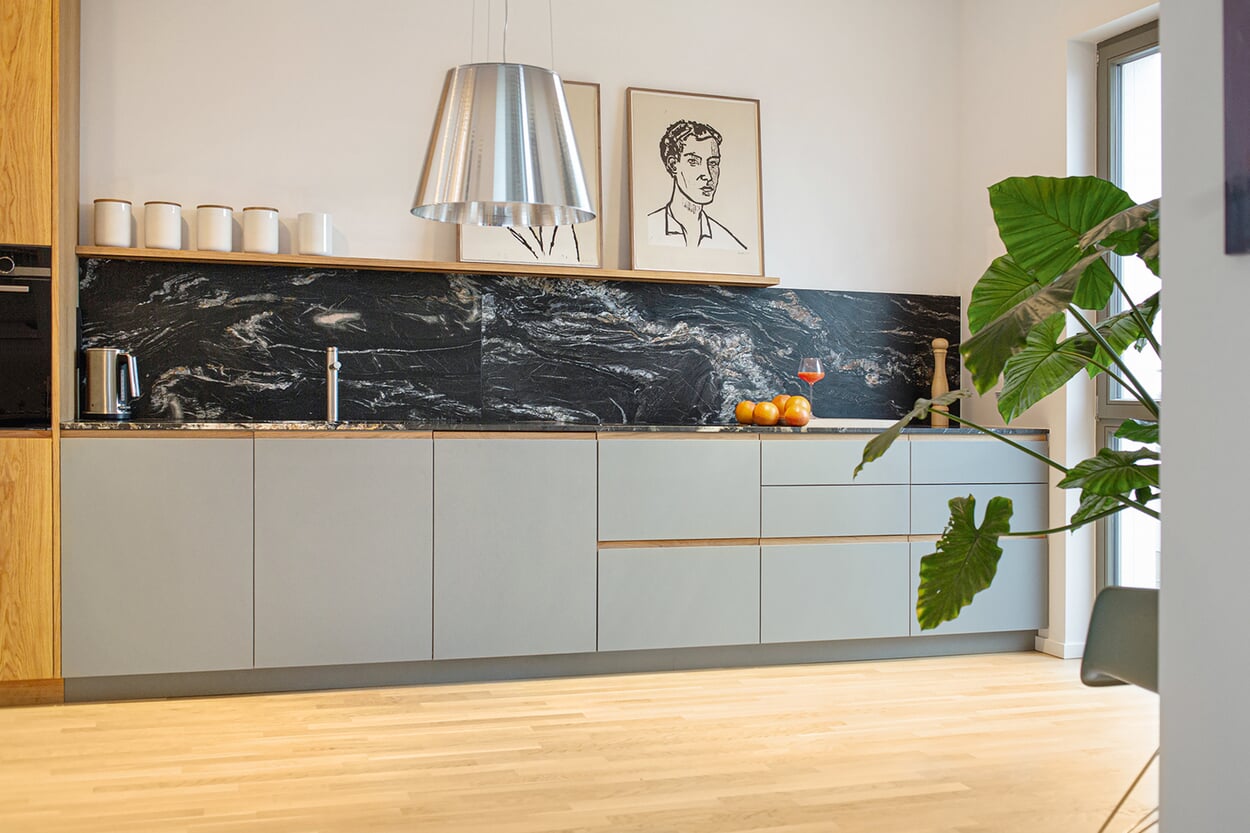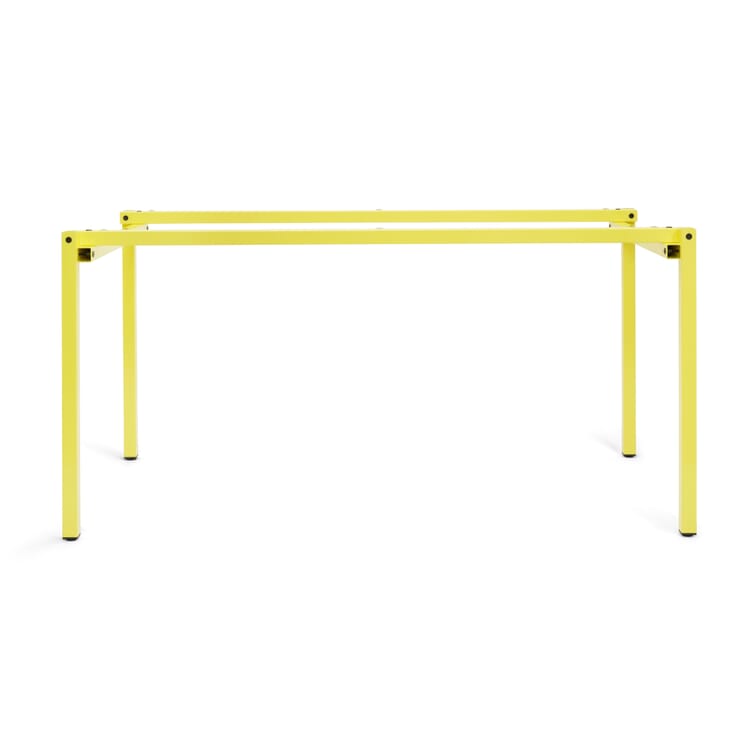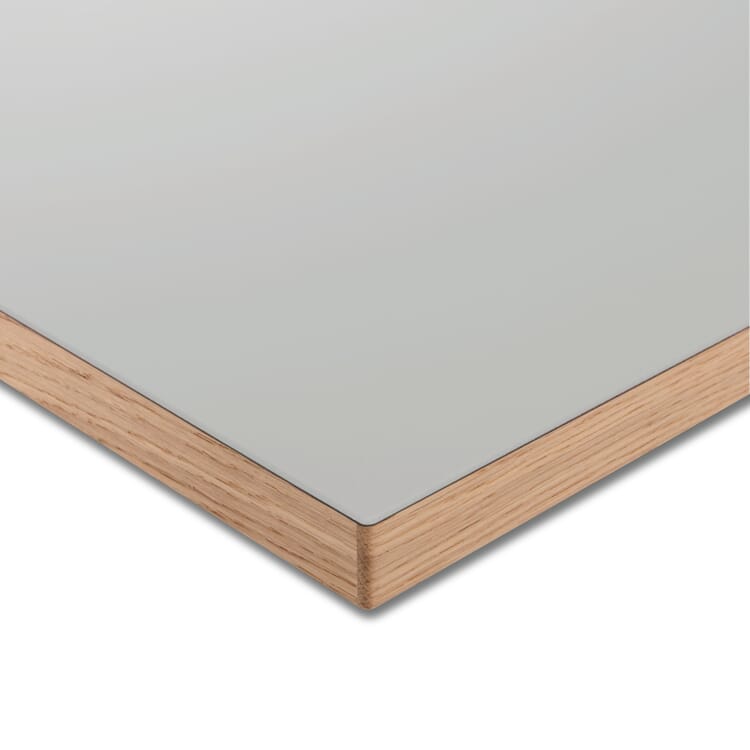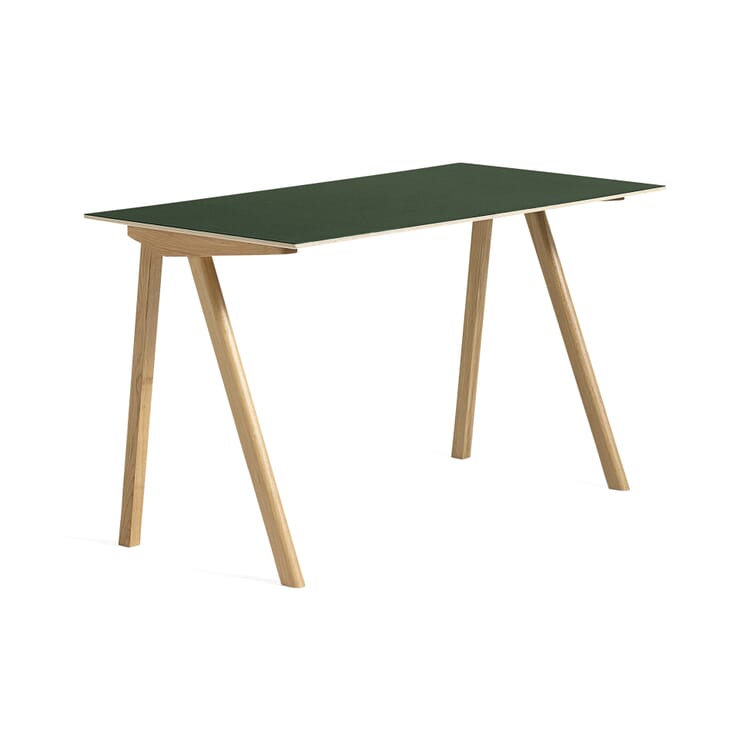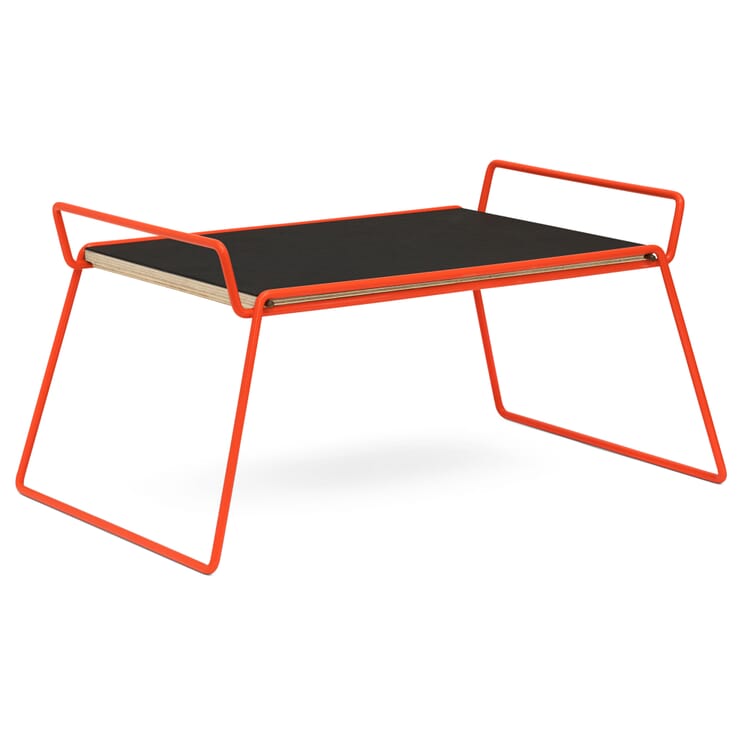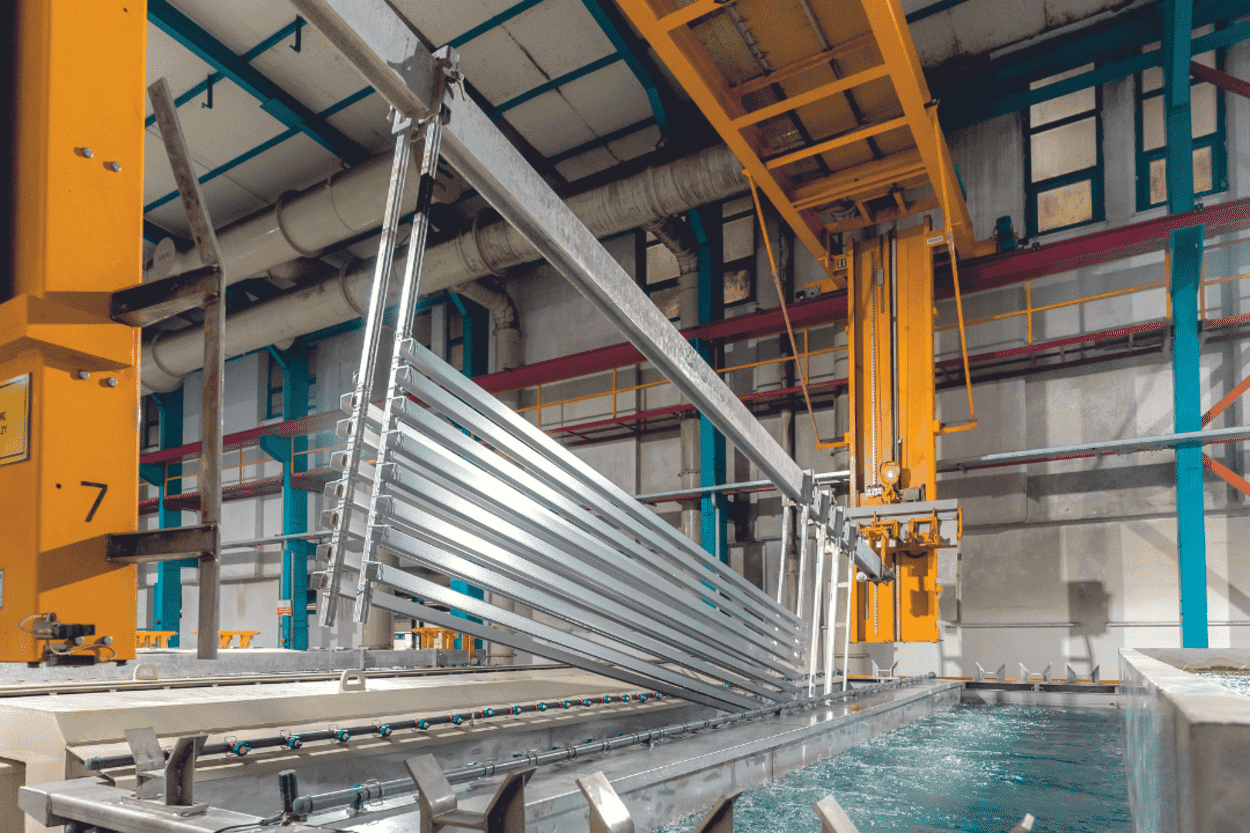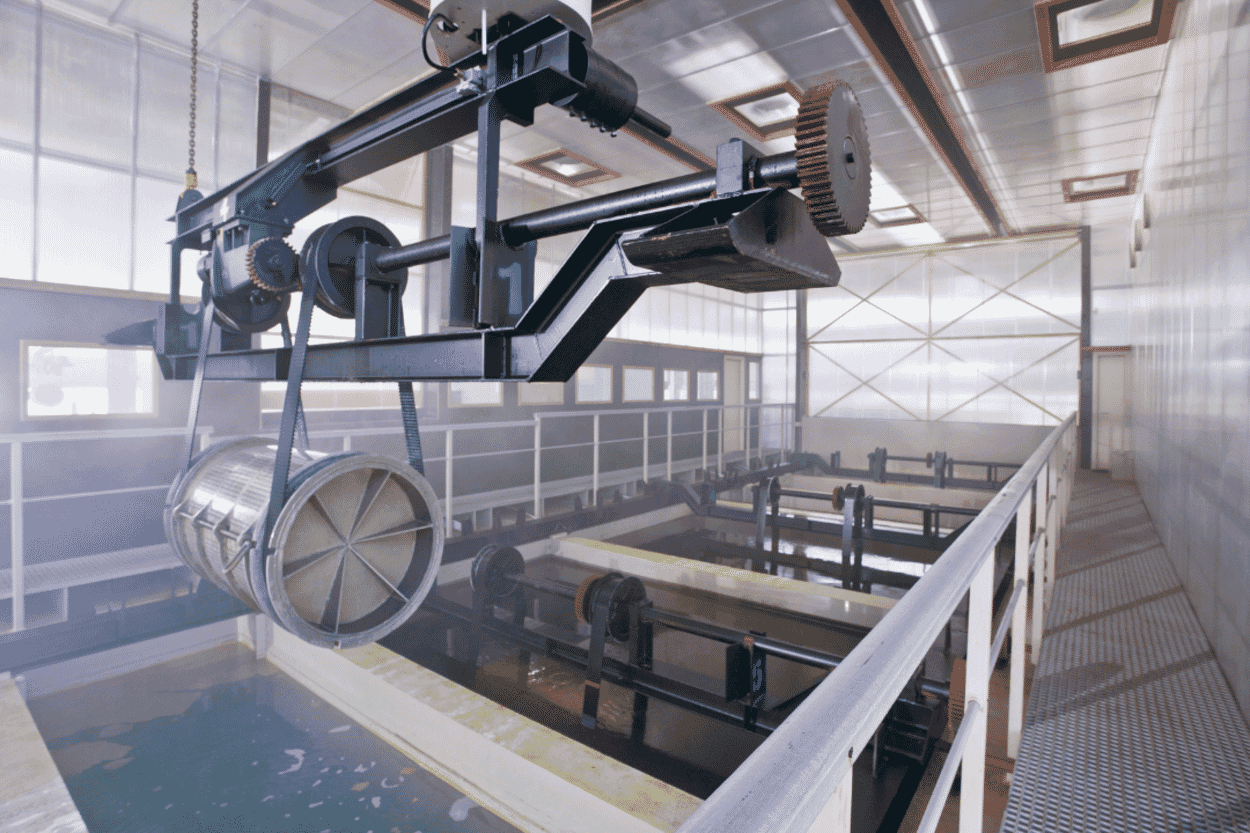What is linoleum actually?
For a long time, linoleum suffered from the bad reputation of its synthetic relatives. PVC flooring emerged as a cheap alternative in the post-war period, while wood made a comeback in the higher-priced segments. And linoleum? It was often not even recognized as such. Yet thanks to its special formulation, it fits in well with the present day. No wonder its fan base is growing again.
Text: Stephan Becker
The list of ingredients sounds like a children's recipe: linseed oil, wood or cork flour, plus a little chalk, some sticky tree resin and, of course, color pigments. Knead everything thoroughly, roll into sheets on a jute fabric and finally leave to dry - and the result is a natural surface material with a warm feel and an excellent eco-balance. The material is even climate-positive because it is largely made from rapidly renewable raw materials. And there are said to be people who love linoleum simply because of its slightly modern smell. Of course, the details of today's linoleum production are somewhat more complicated. But in essence, not much has changed since its invention by the English chemist Frederick Walton in the mid-19th century. While experimenting with linseed oil-based paints, he observed how the light yellow liquid oxidized under the influence of oxygen to form a rubbery polymer layer. From this, he developed a material that soon found widespread use as a high-quality floor covering and in furniture construction. Thanks to its simple composition, production waste and installation residues can be returned to the manufacturing process without any loss of quality. And even soiled old flooring can achieve high recycling rates, as various pilot programs run by major manufacturers have now proven.
Stylistically, linoleum is considered a modern material today. In fact, its spread in Germany in particular coincided with the creative awakening of the 1920s. Thanks to it, perfect surfaces were possible with almost no joints, which fitted in well with the practicality of the new era. And its technical properties were convincing anyway. Mechanically highly resilient, resistant to oils and grease and also slightly fungicidal, antibacterial and antistatic, it found its way not only into private homes and public buildings, but also into hospitals, laboratories and production facilities. However, linoleum has also long been in demand again from an aesthetic point of view. This applies not only to its use as a floor covering, but also for furniture surfaces or even kitchen fronts. It feels good, the warm matt, and its pastel freshness provides sensual accents. It also ages beautifully, retaining its high-quality appearance and only acquiring a slight sheen in frequently used areas. So you don't have to choose linoleum solely for ecological reasons. But you can, of course.
Images: Carolyn Franks / Alamy Stock Photo; Sebastian Fengler
MAGAZIN-Products with linoleum
Table and wall desk Hegel, Chromed / Light Gray
Alternative to height-adjustable workstations. The writing desk can be used as a mobile desk on a work or dining table in the usual height format, but can also be mounted as a fixed standing desk with the corresponding wall bracket. A MAGAZIN product - developed and produced by MAGAZIN.
What does... actually mean?
Corrosion protection usually means applying an additional coating. With aluminum, however, a little oxygen is enough. In the electrolysis process, the metal forms a hard and durable surface of aluminum oxide on its own. And it can even be colored
Durable, versatile, low-emission, efficient. Powder coating may not sound so glamorous, but if you want a colorful finish, there is hardly a better process for surface protection. Thanks to electrostatic effects, perfect surfaces can be produced.
Raw, unadorned, radical - galvanized surfaces have a special aesthetic and often develop a fascinating beauty in combination with the material, shape and surroundings. At MAGAZIN, we value the material and use it in various products.



